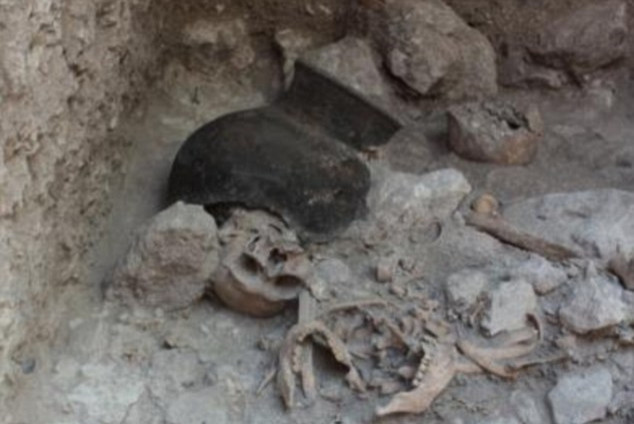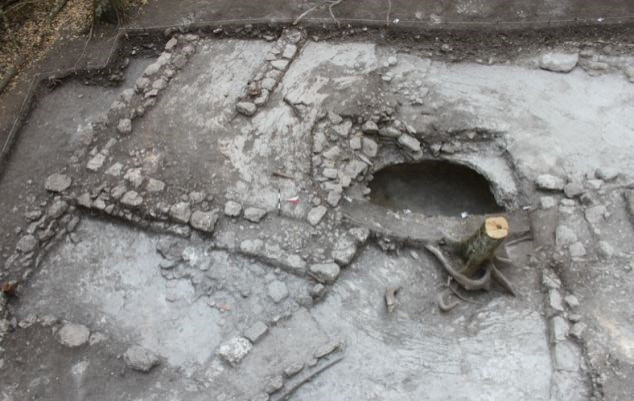Scientists Discover 14,00-Year-Old Mayan Mass Grave Containing Several Dismembered Bodies

Archaeologists have discovered a 1,400-year-old mass grave in the Mayan city of Uxul in southern Mexico, believed to possibly contain the remains of prisoners of war.
The grave -- dating back to the 7th century -- contains the bones of 24 people, report The Daily Mail. It is located inside of an ancient water reservoir. Researchers aren't certain whether the bodies belong to prisoners of war from another city or were individuals from Uxul. But they do agree that they were killed in an extremely violent manner.
"Aside from the large number of interred individuals, it already became apparent during the excavation that the skeletons were no longer in their original anatomical articulation," said Nicolaus Seefield, an archaeologist from the University of Bonn in Germany.
Seefeld added that hatchet marks found on the cervical vertebrae of the bodies are also considered "a clear indication of decapitation." The skulls were strewn about the cave, lacking no clear relation to any of the other bones in the grave. Speaking to The Daily Mail, Seefeld said the discovery was a rare find and that "the only other archaeological evidence of such a dismemberment of victims was in the site of Cancuén, Guatemala."

Since the bones were covered by clay, scientists were also able to distinguish the age and sex of 15 of the 24 individuals. They determined the victims included 13 men and two women, ages 18 to 42 when they died. Though scientists will have to conduct isotope studies to determine the exact origin of the victims, the mass grave offers scientists clear evidence of the practice of dismembering opponents that is often depicted in Maya art.
Archaeologists from the University of Bonn have been excavating in the Maya city of Uxul for the past five years. According to Seefeld, the team will continue to excavate the western half of the water reservoir in hopes of finding more artifacts.
© Copyright IBTimes 2024. All rights reserved.





















